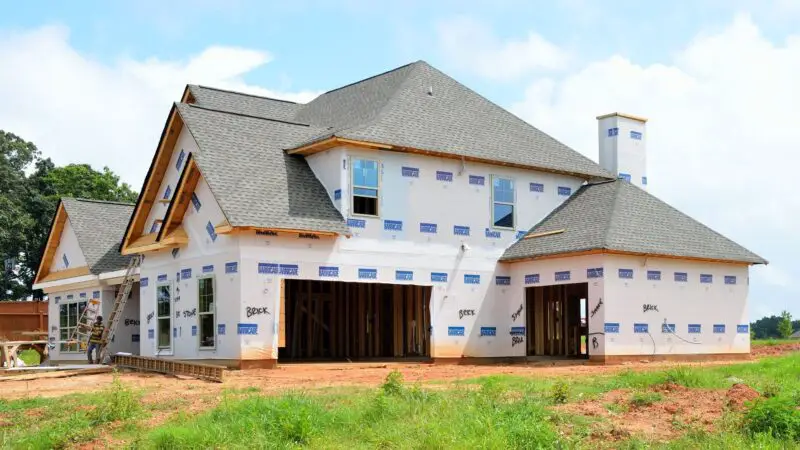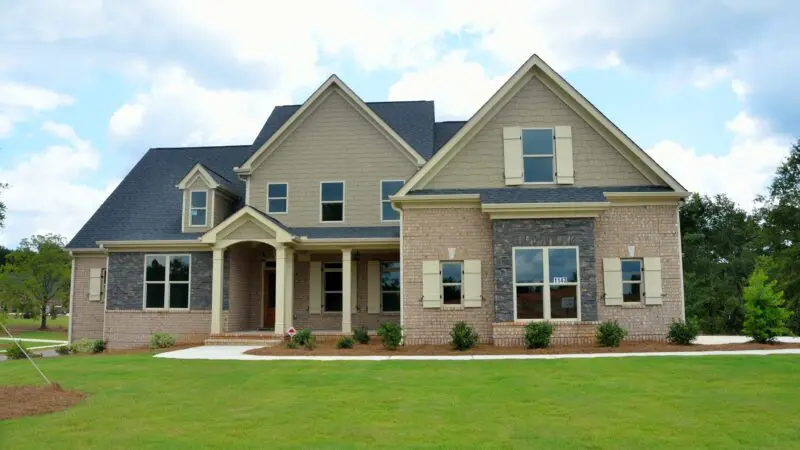If you live in an area that frequently gets tornadoes or hurricanes, the safety of yourself and your home during one of these natural disasters is probably of great concern to you. For this reason, some people who live in high-risk areas decide to build or purchase concrete homes.
Field tests prove that houses made of concrete can withstand wind speeds and rainfall equivalent to those that occur during a hurricane or tornado. However, a concrete home is not as effective as a storm shelter.
Can Concrete Houses Survive Hurricanes and Tornadoes?
Living in an area that experiences extreme weather frequently, such as tornadoes and hurricanes, can be very nerve-racking.
If you live in one of these areas, you may be concerned about whether or not your concrete home can withstand such natural disasters.
According to field tests by Texas Tech University, concrete houses can withstand weather damage equivalent to tornadoes and hurricanes while retaining minimal damage.
If you want to ensure your concrete house can survive tornadoes and hurricanes, make sure it has a solid bedrock foundation and a reinforced roof.
How Thick Should Concrete Walls Be?
A concrete house must have walls that are at least 12-16 inches thick to withstand the extreme winds and projectile debris that come with tornadoes and hurricanes.
Windows should have a thick polycarbonate layer between 7/16” and 9/19”.
Can You Use a Concrete House as a Storm Shelter?
Natural disasters such as tornadoes and hurricanes can be dangerous or even life-threatening.
If you live in an area where extreme weather like this is common, you should always be prepared with a storm shelter, even if you live in a concrete home.
While reinforced concrete homes are much safer to be in during a natural disaster than other types of homes, they do not provide the same amount of protection as a specialized shelter.
To make your concrete home into an adequate storm shelter, you must ensure the doors and windows are stable enough to withstand the pressure of 300 mph winds.
How Much Wind Can a Concrete House Take?
Both tornadoes and hurricanes come with extremely strong winds that can easily topple weaker homes.
The average wind speed during a hurricane is between 100 and 150 mph, while the average wind speed during a tornado can range from 40 to 300 mph, depending on the intensity.
Concrete houses can usually withstand wind speeds up to 250 miles per hour.
Can Concrete Houses Withstand a Category 5 Hurricane?
Category 5 is the most severe hurricane category. Category 5 hurricanes are very dangerous, as they cause immense property damage and can even be life-threatening.
For a concrete house to withstand a category five hurricane, it must be built on solid bedrock and stand at an elevation of at least 30 feet.
Can a Concrete House Withstand an F5 Tornado?
F5 tornados are the most extreme and dangerous type of tornadoes. They have been known to rip houses off their foundations and cause extreme property damage.
If you live in an area where F5 tornadoes are possible, you may be wondering if your concrete house can withstand one.
Concrete homes can only withstand F5 tornadoes if they are built as reinforced concrete shells and have reinforced concrete roofs.
Can a Concrete House Withstand a Flood?
If tornadoes and hurricanes are a concern for you, you might also worry about the floods that these storms can sometimes cause.
In addition to hurricanes and tornadoes, reinforced concrete houses can withstand floods.
These types of homes are generally considered “disaster-proof,” meaning they can withstand almost all types of extreme weather.
Is Concrete the Best Material for Disaster-Prone Areas?
Concrete is a solid home-building material, as it’s very resistant to extreme weather such as hurricanes and tornadoes. But, is it the best option?
A study by the Portland Cement Association concluded that homes built with reinforced concrete walls are more capable of withstanding the high winds and debris brought on by hurricanes and tornadoes than those built with other materials, including steel and wood.
Houses with reinforced concrete walls can withstand wind speeds of over 200 miles per hour and flying debris traveling over 100 miles per hour.
Both factors are essential for withstanding natural disasters such as hurricanes and tornadoes.





